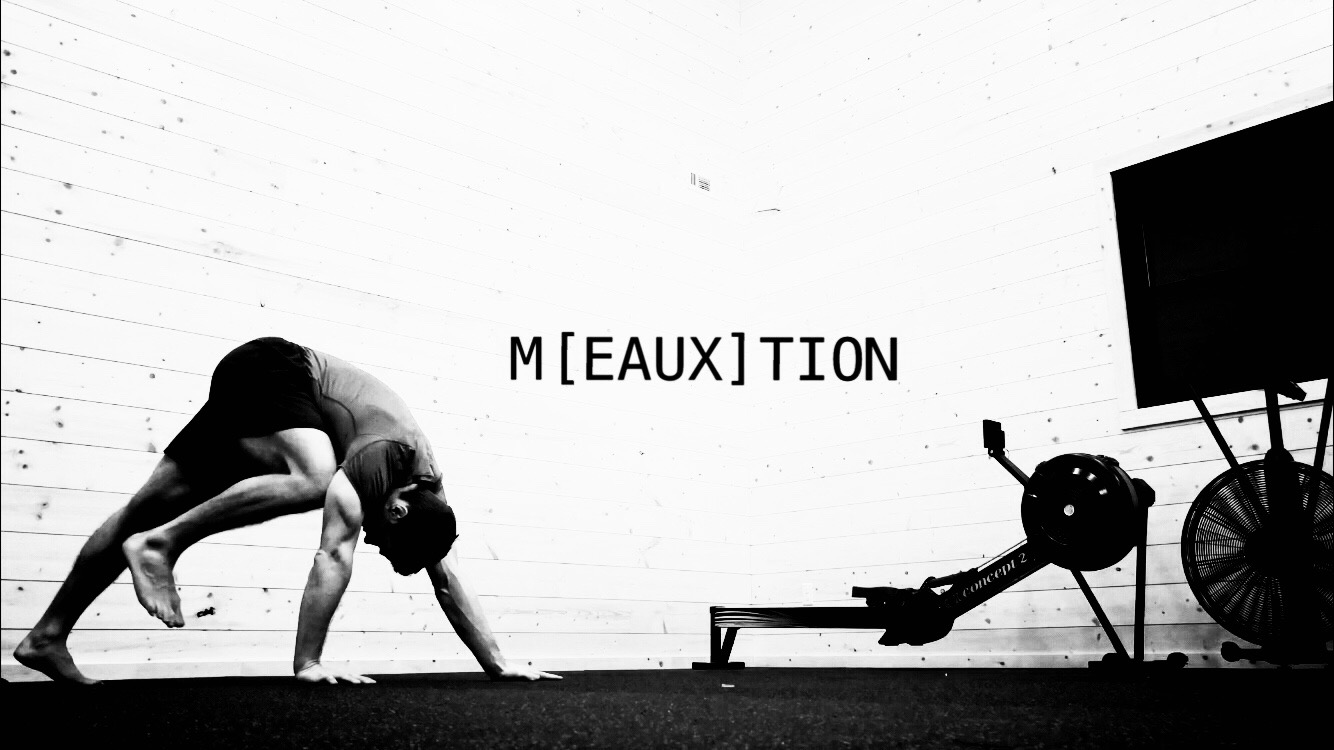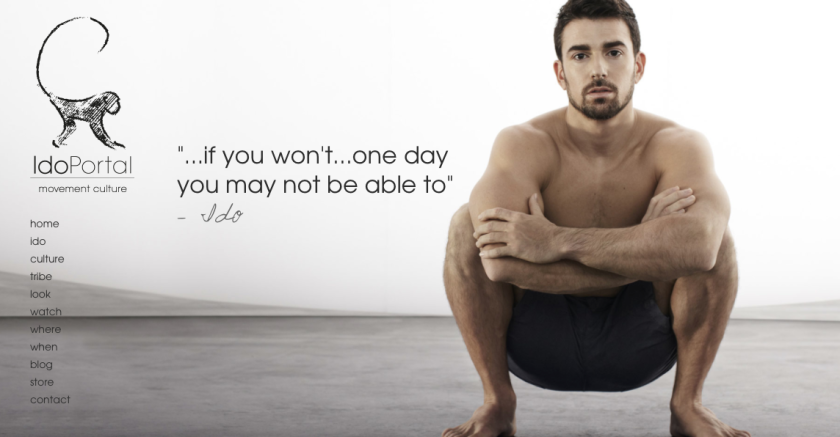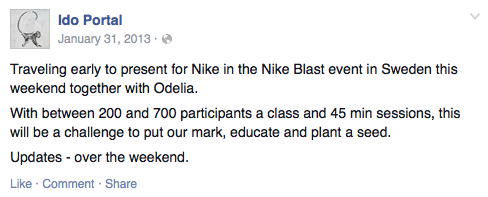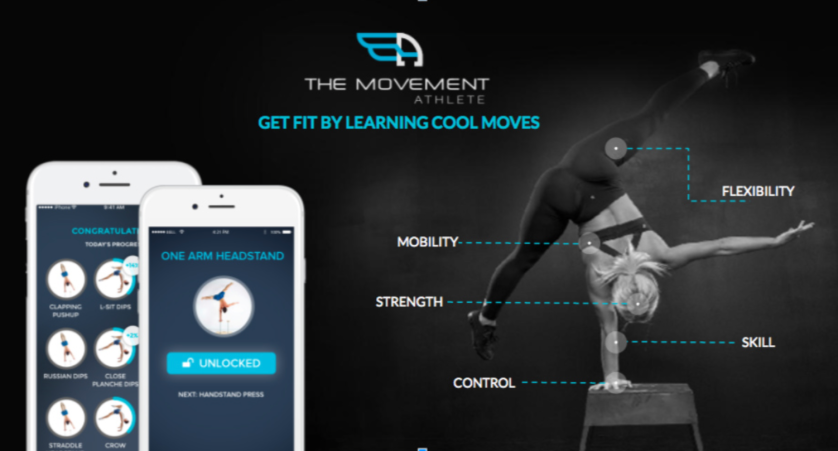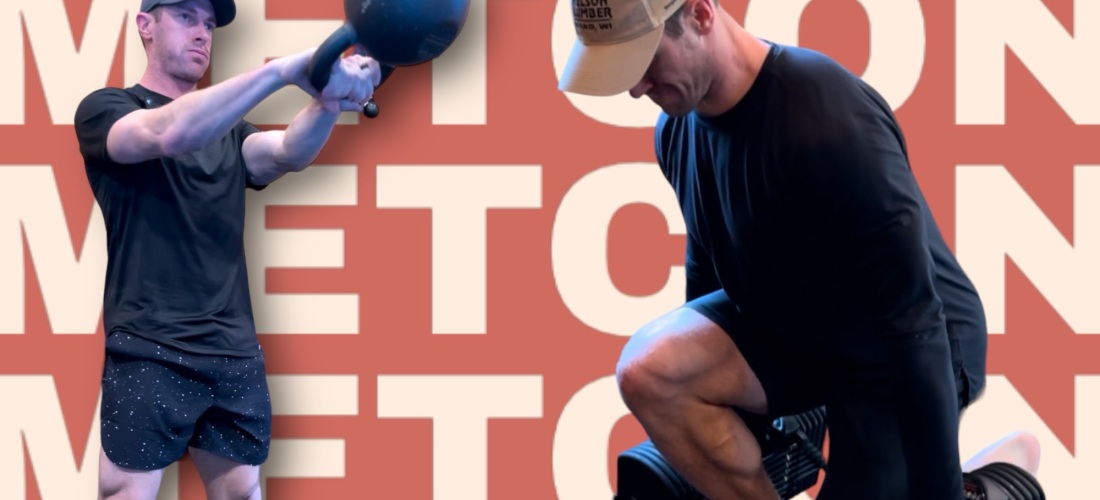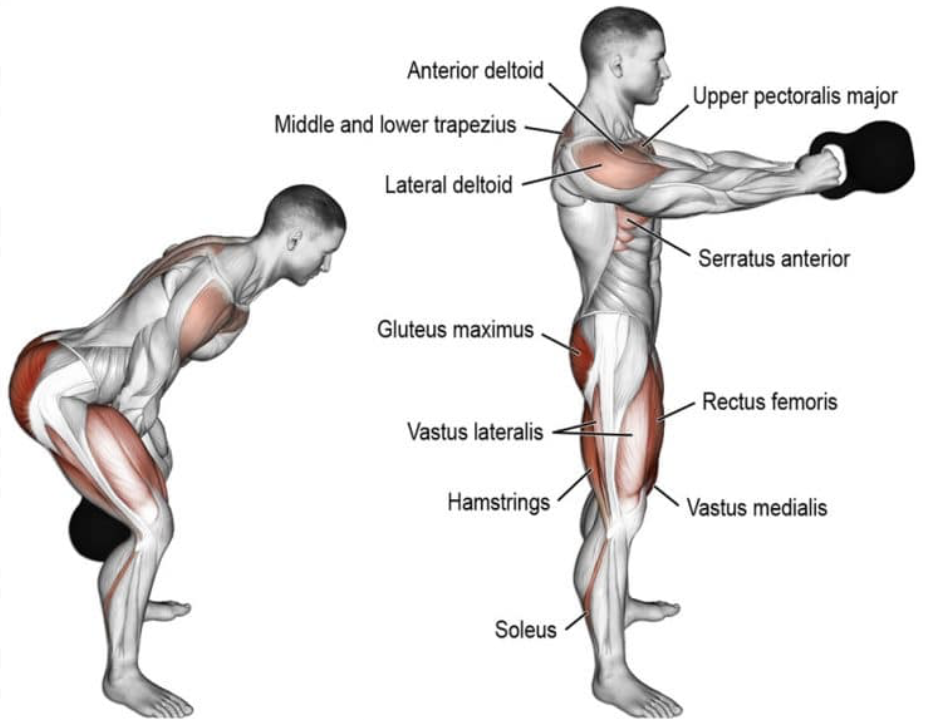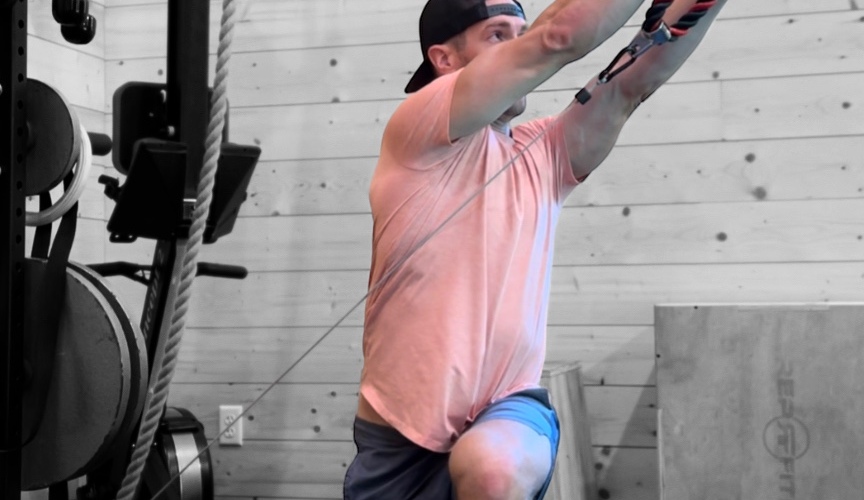The lizard crawl is a total body locomotion pattern, made popular by Ido Portal.
As great as lizard crawl exercise (bodyweight only) is, there are simple ways to make it harder if you’re interested, and that’s what this post is about.
Crawling exercises can be progressed similarly to a squat, deadlift, bench press or any other traditional resistance exercise.
The key is increasing the challenge somewhere, somehow. Make it harder.
Progressive overload (adding weight) is a key strategy to continue building fitness, especially strength. It keeps you in progress mode.
Exposing the body to progressively greater demands (movement complexity, load, etc) is a pathway to build strength and mitigate injury.
Weak bodies seem to be at a higher risk for injury.
If a given stress overloads tissues beyond their capacity, injury often results.
This is an over-detailed article about my experience adding weight to the infamous lizard crawl, the “king” of locomotion training.
Progressive Overload
Know your options.
Conventional methods of progression include:
- Add resistance
- Add repetitions
- Increase training frequency
- Increase volume (sets x reps x resistance)
- Decrease rest periods
Halts in progress require a quick audit and a few simple decisions.
Training the same movements with the same weight, time under tension, reps/sets, etc… will yield the exact same results.
And if this seems like common sense, please considered common sense is not always so common.
Adding more weight to a lift, movement or locomotion pattern is not ALWAYS the answer, but more often than not, it is a solid solution to many of the problems people encounter in their training.
Don’t be afraid to increase the load, incrementally and intelligently.
As highlighted in the title of this blog post, I chose to add weight to the lizard crawl as the mechanism of progressive overload.
From sloppy to strong…
When I finally decided to attack the lizard crawl pattern, adding weight was the last thing on my mind.
Early on, even simple crawling patterns exposed my sloppy technique, lack of endurance and heavy-handed/footedness.
Crawling short distances (15-20 yards) wore me out quick. It was humbling. I felt weak. My story is similar to others I’ve heard and read about across the internet. A strong guy in traditional lifts who could not move well on the ground without weight.
Strict crawling drills crushed me. Moving naturally with detailed precision is HARD.
I experienced a pretty dramatic change in movement quality by practicing basic crawling patterns like Beast Crawls (forward, back, and lateral) and Bear Walks.
I’d section off 10-15 minutes of EACH workout for crawling practice, and I still do to this day.
Gains with the basic locomotion patterns evolved into disadvantaged crawling in low positions.
With near daily practice, I became extremely efficient with lizard crawling. My body acclimated and now understands the demands. Adaptation is a beautiful thing. If you want something in the gym, attack the shit out of it. Be relentless.
Crawling distances increased, tempo and pattern variations were added along with introducing crawling backward.
I reached a point where adding more volume became a time suck and borderline ineffective.
Lizard crawling requires a low-to-the-floor body position, aggressive joint angles and a constant on/off body tension from head to toe. The upper body and core demands are intense. Plus, it’s easy to get twisted up with hand and foot placement.
The lizard crawl pattern connects traditional strength work with movements that exist in between. The transitions, gracefulness, soft interactions with the floor, twisting, turning, propelling the body from point A to point B.
The Weighted Lizard Crawl
I have to believe people have added weight this pattern before the writing of this blog post. If not, I am a visionary
Regardless, I was humbled by this movement progression.
I added a 40lb weight vest and a pair of 10lb ankle weights around each leg. A simple weight vest is a very natural tactic to add weight to movements while keeping the hands free.
The weight vest loaded the upper body/torso, while the ankle weights challenged the lower body. Adding the ankle weights is a simple way to load the articulating motion of the hips.
This articulating motion is similar to hip CARs, but a bit less isolated and strict.
When weight increased with any exercise, generally reps/sets, duration, time under tension need some relief. Usually, it’s just for a short time to give the body an opportunity to execute quality work, avoid unnecessary training injuries and adapt to the stress.
Keeping all training variables the same would be too aggressive and unmanageable.
Factoring this in, once I added the weight, I immediately decreased the distance of the crawl and increased rest periods.
Previously, my average bodyweight lizard crawl distance was around 40 yards, broken up into a 10-yard crawl forward/10 yard crawl backward (twice down and back).
For the weighted lizard crawl, I more than cut that distance in half, crawling roughly 10 yards (5 yards forward and backward). On this day, I worked a total of 6 sets. It was enough to leave soreness in the days afterward.
I’d recommend anywhere from 5-8 sets of 10-15 yards of a technique-driven lizard crawling.
As I mentioned before, adding load commonly means taking longer rest periods in between efforts. I wasn’t super detailed on the rest periods, but they were long enough to feel damn fresh.
There is absolutely no need to rush this. Do it right, or don’t do it at all.
Equipment Used
There are plenty of weight vest brands to choose from, but MIR is a trusted name and I couldn’t be happier with my MIR weight vest. It’s durable and the short version is awesome.
Arguably, ankle weights are, well, ankle weights.
Although I did get a nice product referral for the Valeo ankle weights from a great trainer in Philadelphia. My only advice here is to size up and buy heavier than you’d think. Also, buy a set that has adjustability (ability to remove the weights). You can always lighten them up if needed, but it’s nice to have heavy ankle weights if needed.
So, I added weight, should you?
The crappy (but honest) answer is, maybe or maybe not. It depends on your experience and goals.
Have you played around with increasing distance and tempo using bodyweight only?
If not, start there.
Initially, leverage basic lizard crawl variations. Gradually add distance and play around with tempo.
Practice lizard crawl press ups, modified range of motion crawls. Place emphasis on body position, technique, timing, and mechanics.
Aim for efficiency.
People like to knock efficiency in training, but the fact is being inefficient at everything wastes precious energy. At some point, you want the work being performed to feel natural.
When it’s natural and fully integrated into your body, it’s useable in the real world.
Adding load to the lizard crawl, in my opinion, increases the challenge exponentially. Far beyond anything I’d experienced before.
Once you’ve added weight, expect the silky smooth crawling technique disappear.
You’re fully engaged in a hybrid variation of resistance training now. Ha.
Muscles and joints will need some time to fully understand the stimulus and adapt to it.
Just getting started with crawling?
If you’ve not yet added crawling exercises (even the basics) to your workouts, you must. Just try it. There’s nothing to lose and everything to gain. Don’t make the mistake of marrying any particular tool or method. Explore everything and integrate what’s useful.
I talk about crawling patterns often. Progressive crawling is excellent for building natural movement strength, endurance, and skill. If you’re an avid lifter, add 5-10 minutes of crawling to your warm up.
Unsure where to start with crawling?
Vahva Fitness and my YouTube channel are great resources to get exposure to crawling. Anyone interested in ground-based movement training of any kind is referred to Movement20XX.
My YouTube channel is LOADED with videos. There’s plenty to watch, not a ton of boring commentary and I am always available for questions and conversation. Simply enter the “crawling” into the search bar.
Closing Thoughts…
The purpose of this article is to introduce people to one simple strategy of increasing the difficulty of the lizard crawl.
Start with bodyweight based lizard crawl variations.
Don’t be a dumbass.
Earn tougher movement progressions by practicing the basics.
I referenced several good resources above, make sure you check those out.
Lastly, leave a note on your experience, I love hearing from people.
Cheers,
Kyle
